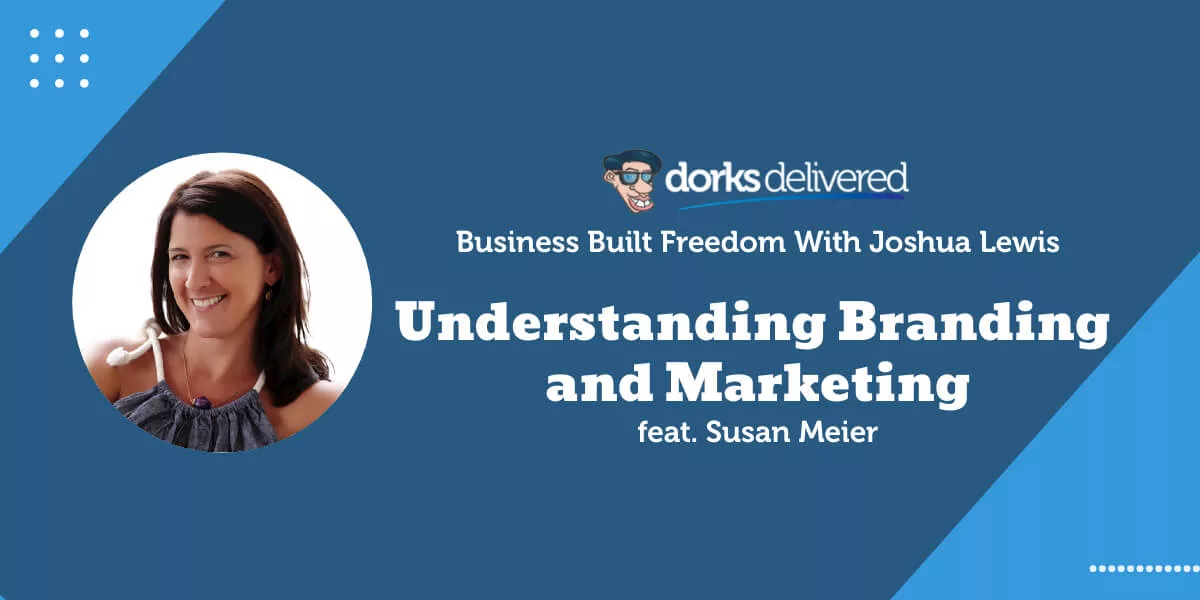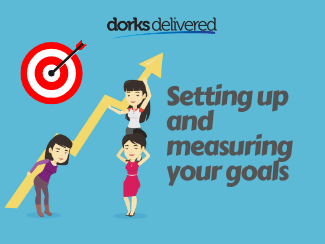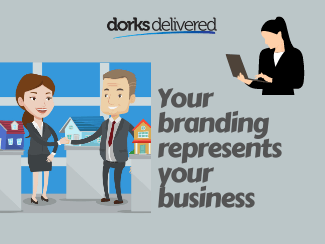Branding is a marketing practice by which a company creates a name or a design that is identifiable to consumers. This helps your business to be differentiated from your competitors. Your branding should leave a memorable impression on customers and it should clarify the services you offer. As an entrepreneur, your branding should also represent you and how you wish to be perceived. This is absolutely critical to your business because of its overall impact and how it can drive new business and increase brand awareness. Always remember that your company’s advertising, customer service, reputation and logo should be continuously developing to attract more consumers. In this episode, Susan Meier shares her expertise when it comes to branding and marketing strategies.
How Do Branding and Marketing Work?
Branding and Marketing are tricky things to measure. Both are relevantly related to each other. It is essential to utilise reliable metrics and net promoter scores to measure the success of work. Brand awareness is necessary. Through brand awareness, you can weigh the organisational goals versus providing excellent customer service to your clients. I always look at the overall health of the business when I am working with a client.
I usually work with established companies that are looking to upgrade or expand their business. I also work with start-up companies that are looking for growth. I like to measure success in how well you are creating a relationship with the stakeholders, with the users of your product or service. Getting feedback and building communication about your brand is highly recommended as part of all branding projects.
Setting up and measuring your goals
Listening to your audience and setting goals is very important. Here is how to set goals and measuring them appropriately:
- Get to know your customer -You have to listen to them and identify what’s important to them that relates to what you can offer.
- Get to know yourself -Who you are, what do you care about and what do you stand for because this will make your product special.
- Get to know your competitors – You have to be unique and different.
When my clients want to develop a longer-term relationship with their customers, they would normally need a name, logo, legacy and a website. Initially, we will talk about the objectives and goals and sit down in a room with all the stakeholders. Remember that, when everybody is aligned with the goal, the organisation becomes more powerful in getting the team on board and making these things happen.
Your Branding Represents Your Business
Everything is always changing. You have to ask yourself, “Where do we want to be next year?” It doesn’t mean you have to redesign your logo or rename your company every year or every ten years. But you can do a reassessment of your audience, people, personal target and the market. Some clients are refreshing their process by talking to their customers to get feedback and test the communication materials. And every so often, maybe the logo and the branding evolve.
People have these intimate relationships with logos and brands that are often subconscious. The big iconic brands like Snickers, Kellogg’s and Big Brands have super tight style guidelines and they are careful about how they evolve. Your colours, typefaces, tone of voice and photography style will support your personality so think about it mindfully and create.
There are visual cues that tell you this food is fresh or if this product is food, hardware, etc. I was a strategy director of a packaging design agency. Back then, what designers do when they are designing or packaging a new brand is they do an audit of what category this cue falls to. You have to be good with design and it needs to be consistent.
IT doesn’t have to be expensive. If you’re starting a business and need reliable IT support and services, fill out the form to learn more about $1 IT services.
How Susan Can Help
I serve large corporate clients as I was speaking about. But then I also have developed a toolkit for smaller businesses so that they can leverage the same tools that I use with larger clients to help them. These include the process of understanding the customer, reflecting on their own business in their own company DNA, and then thinking about those things that really will make them stand out and be different. Contact me to learn more.
[module-379]































